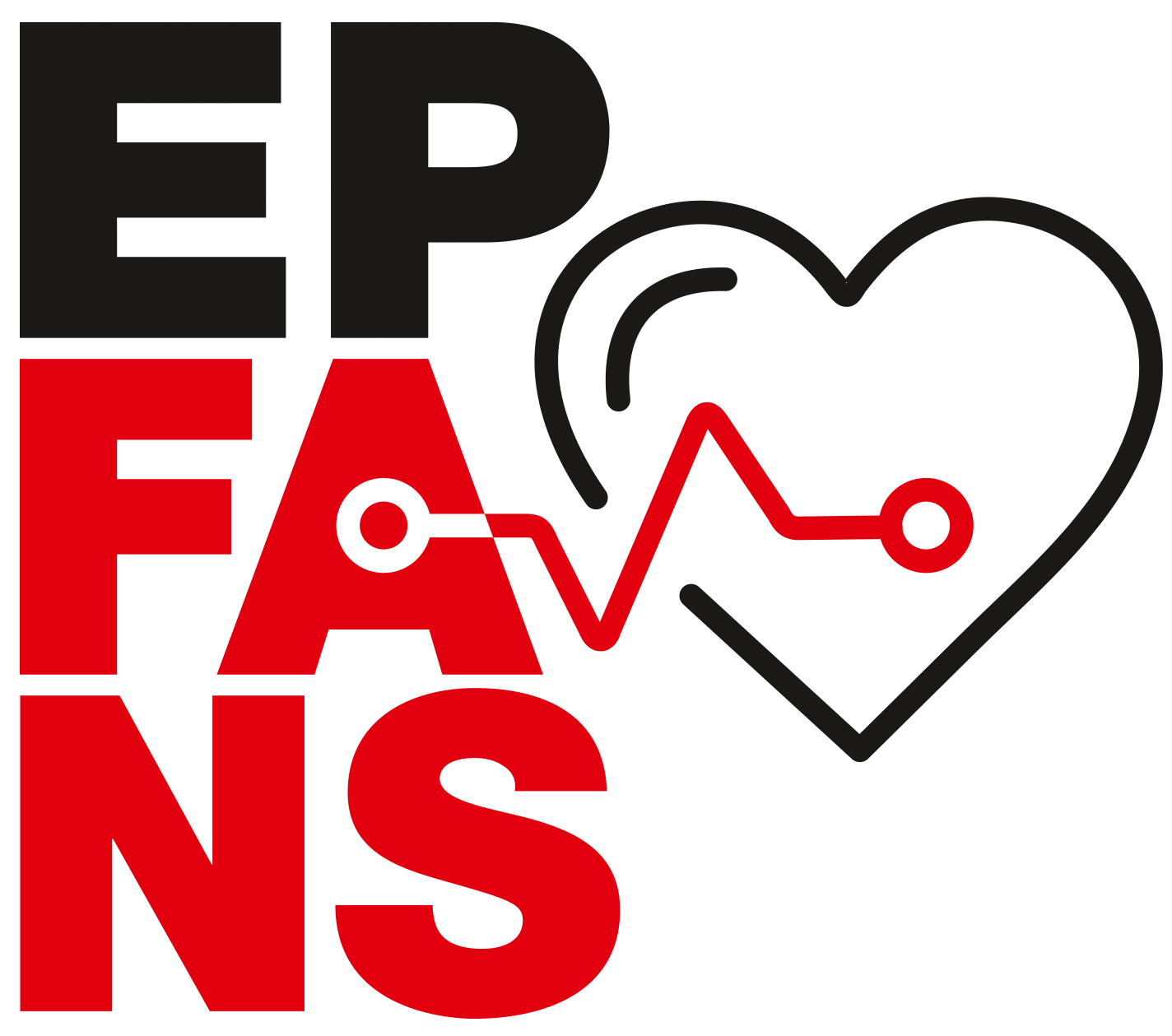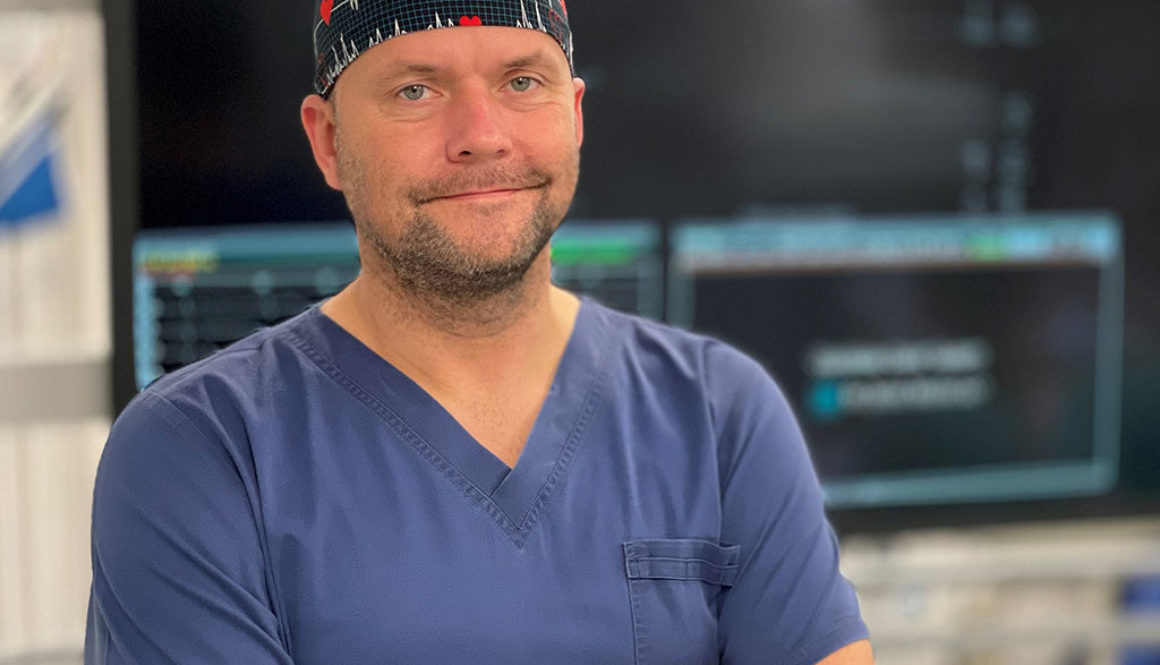Biophysics of ablation – a profitable investment for EP operators
A science that combines physics and physiology seems to be the essential background of knowledge concerning cardiac electrophysiology, but its importance does not decrease with the development of this specialization. Thorough knowledge of biophysics can play a decisive role in the safety and efficacy of the underlying arrhythmia ablation procedures performed. Investing an excessive amount of time in exploring this field is worth doing. It will pay off immensely – convinces Piotr Lodziński, MD, PhD, FESC of 1st Chair and Department of Cardiology, Medical University of Warsaw.
In cardiac electrophysiology, a field dedicated to diagnosing and treating cardiac arrhythmias, biophysics is a discipline describing physics phenomena that affect biological heart tissue and describe the processes essential for its controlled damage.
-Biophysics is one of the fundamental disciplines. In a way, it is a merge between knowledge of physics and physiology. How does this merge benefit us? We know how to effectively and, above all, safely damage the heart tissue to help the patient with arrhythmia. Unfortunately, because of its fundamental character, it is often under-exposed in the cardiology education process. However, knowledge gaps in this area may lead to severe consequences, i.e., the operator may not understand why the procedure failed or why something happened during the procedure that was to be avoided – explains Piotr Lodzinski, MD, PhD.
The knowledge of biophysics is included, among others, in scientific publications constituting a canon of knowledge in this field. As Piotr Lodziński, MD PhD stresses, the age of classical publications covering electrophysiology is a challenge to determine because many works originate from the period when ablation procedures (for research purposes) were performed in animal laboratories, including in vitro and in vivo testing on animals. As far as the needs of today’s electrophysiological operators go, appropriate knowledge update is crucial. Among other things, this is how a lecture on the biophysics of ablation was prepared, included as a part of the EP FANS educational platform, aimed at cardiac electrophysiologists at the beginning of their career.
We decided that the need of embedding a classical knowledge of biophysics in current clinical conditions familiar to today’s operators is indispensable. During the course, we addressed practical situations and tools used in electrophysiological diagnosis and therapy, such as 3D electroanatomical systems or the latest generation of ablation catheters – says Piotr Lodzinski, MD, PhD.
The expert points out that it is not always obvious but vital to urgently follow and correctly interpret all parameters recorded by modern devices during the ablation procedure. Examples include applied power, impedance, or temperature.
– For RF ablation performed with a classical cooled tip catheter, the temperature reading may give the operators a false sense of security. It may appear that since the catheter is cooled and the temperature is maintained at a safe level, which is confirmed by the readings, there is no risk of tissue overheating. Meanwhile, the knowledge of biophysics and energy delivered to the tissue enables a realistic assessment of the situation. We are aware that despite seemingly safe readings, a complication may occur in the too-long application with too much force applied. In terms of procedure safety, this knowledge is priceless – says Piotr Lodziński, MD, PhD.
According to the expert, knowledge of biophysics also allows the proper treatment design, i.e., defining its strategy and contingency options. A well-thought-out plan and possible alternative scenarios allow the procedure to be performed in a shorter time, more safely and effectively.

